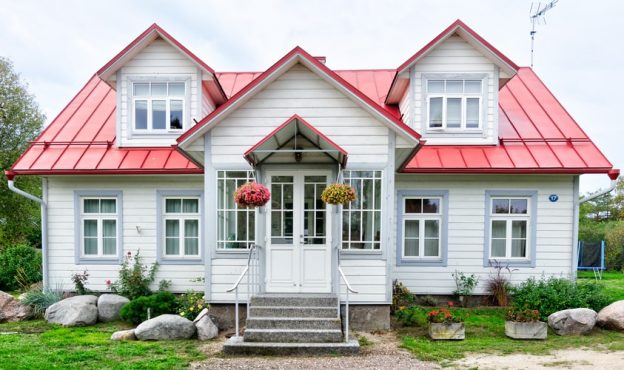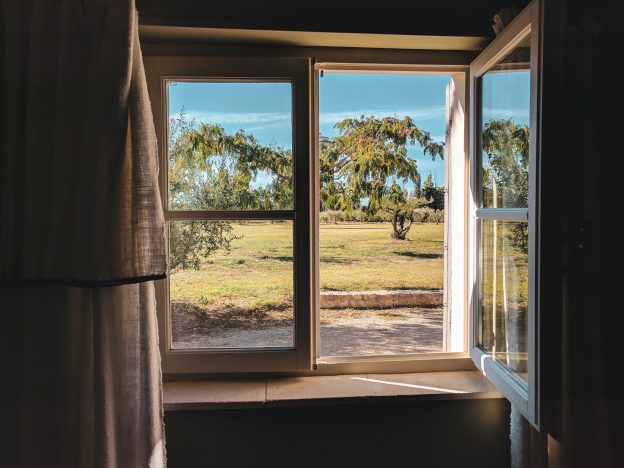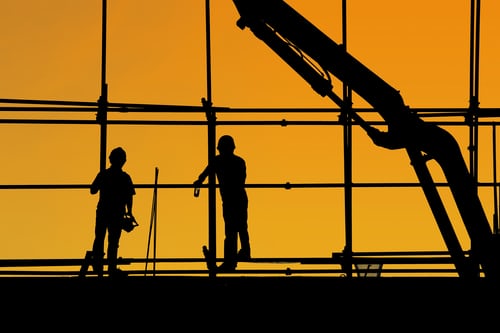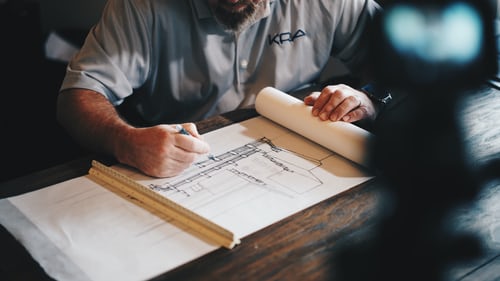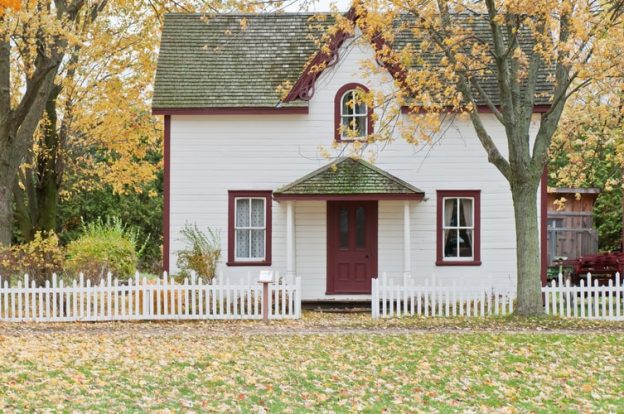Not all people know about the adverse effects of radon. This is why every state is exerting much effort to raise awareness on this cancer-causing gas. Though the World Health Organization has released a statement about the relationship between radon and lung cancer, some people still lack knowledge about what this radioactive gas can do. As a result, they believe in some myths. In this article, learn the truth about radon and lung cancer.
The Truth About Radon and Lung Cancer
Radon is a radioactive gas, which the naked eye cannot see. You cannot also smell or touch it, making it challenging to identify whether it is present in your home or not. This is why radon testing is needed to determine the radon levels in your home. Although there are tolerable levels, meaning it is not that dangerous, it is still best to make your home radon-free.
Radon and lung cancer are always related. Exposing yourself to high radon levels for a long time can increase your risk of lung cancer. According to the World Health Organization, radon is the second leading cause of lung cancer in the US, making it next to smoking. If you are a smoker, the chances of getting lung cancer increase when you are exposed to radon.
Probably, some of you might ask, “What if I don’t smoke? Will I still get lung cancer?” The answer is yes because lung cancer can be caused by second-hand smoking. Another cause is high radon exposure. If you want to avoid this deadly disease, make sure to stop smoking and create a radon-resistant home.
Radon Myths Debunked
Do you know a lot of things about radon? If not, here are some of the popular myths that you should not believe.
Radon is not dangerous.
If radon is not dangerous, then there will be no reported cases of radon deaths. The truth is, the number of deaths caused by this radioactive gas is alarming. Every year, more and more people die because of lung cancer caused by radon. If you don’t want to be a victim of this silent killer, make sure to do the proper radon mitigation.
High levels of radon can be detected.
Whether radon is high or low, you cannot detect it unless you conduct radon testing. You can perform a short-term radon test or opt for long-term radon testing.
Homeowners can just open the windows to avoid high radon levels.
Although opening your windows can improve your home’s ventilation and reduce radon, it is still not enough to make your home radon-free. Therefore, consider other radon reduction techniques recommended by the Environmental Protection Agency.
If a radon mitigation system is installed, radon testing is not needed.
Radon testing is still needed even if you have installed a radon mitigation system in your home. This is because radon fluctuates, meaning it can be high or low. As such, you need to consistently monitor the radon level to ensure that you are safe from cancer-causing gas.
If the neighbor’s home has low radon levels, so do the others too.
Radon levels vary from home to home, so make sure to ask for professional help to determine the radon levels in your home.
Radon is dangerous, so homeowners have to take the proper steps to avoid this cancer-causing gas. There are different radon mitigation techniques to consider. But it would be best to call a licensed radon contractor to ensure that your home is radon-free. Doing so guarantees that you will be safe from radon and lung cancer.



